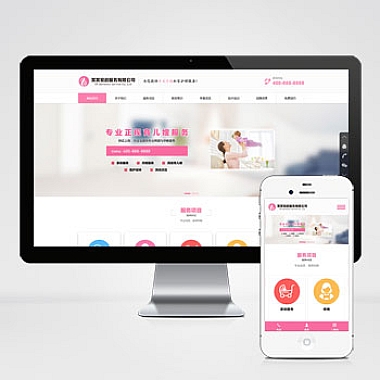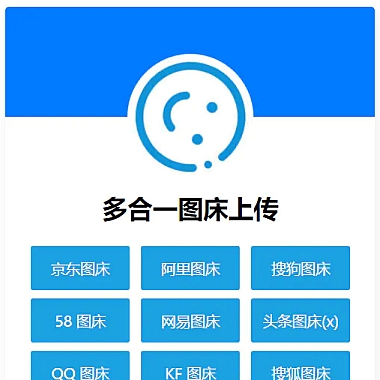版权信息
(本文地址:https://www.nzw6.com/36779.html)
vue3 属性传值
在Vue 3中,属性(props)是实现父子组件间通信的关键机制。通过将数据从父组件传递给子组件,可以确保组件之间的数据流动清晰且易于管理。介绍几种常见的属性传值方法,并提供详细的代码示例。
解决方案
Vue 3的属性传值主要依赖于props选项。父组件通过绑定属性的方式将数据传递给子组件,子组件则通过定义props来接收这些数据。还可以结合事件监听器和自定义事件来实现双向数据绑定或更复杂的交互逻辑。
1. 单向数据流:父组件向子组件传值
最简单的属性传值方式是从父组件向子组件传递数据。我们可以通过以下步骤实现:
- 父组件:使用
v-bind指令将数据作为属性传递给子组件。 - 子组件:通过
props选项声明需要接收的数据。
示例代码:
vue
<!-- ParentComponent.vue -->
<div>
</div>
</p>
import ChildComponent from './ChildComponent.vue';
export default {
components: { ChildComponent },
data() {
return {
parentMessage: 'Hello from Parent!'
};
}
};
<p>vue
<!-- ChildComponent.vue -->
<div>{{ message }}</div>
</p>
export default {
props: {
message: String
}
};
<p>
2. 动态属性传值
有时我们需要根据父组件的状态动态地传递属性值。Vue 3支持动态绑定属性,使得我们可以根据条件或状态变化更新子组件的属性。
示例代码:
vue
<!-- ParentComponent.vue -->
<div>
<button>Toggle Message</button>
</div>
</p>
import ChildComponent from './ChildComponent.vue';
export default {
components: { ChildComponent },
data() {
return {
messages: ['Hello', 'Goodbye'],
currentIndex: 0
};
},
computed: {
currentMessage() {
return this.messages[this.currentIndex];
}
},
methods: {
toggleMessage() {
this.currentIndex = (this.currentIndex + 1) % this.messages.length;
}
}
};
<p>
3. 使用.sync修饰符实现双向绑定
.sync修饰符实现双向绑定虽然Vue 3不再推荐使用.sync修饰符,但在某些场景下它仍然可以简化双向数据绑定的实现。通过.sync修饰符,父组件可以直接响应子组件对属性的修改。
示例代码:
vue
<!-- ParentComponent.vue -->
<div>
</div>
</p>
import ChildComponent from './ChildComponent.vue';
export default {
components: { ChildComponent },
data() {
return {
parentCounter: 0
};
}
};
<p>vue
<!-- ChildComponent.vue -->
<div>
<p>Counter: {{ counter }}</p>
<button>Increment</button>
</div>
</p>
export default {
props: {
counter: Number
},
methods: {
increment() {
this.$emit('update:counter', this.counter + 1);
}
}
};
<p>
4. 使用事件传递复杂数据
对于更复杂的数据交互,可以考虑使用自定义事件。子组件通过$emit触发事件,父组件监听这些事件并作出相应处理。
示例代码:
vue
<!-- ParentComponent.vue -->
<div>
</div>
</p>
import ChildComponent from './ChildComponent.vue';
export default {
components: { ChildComponent },
methods: {
handleCustomEvent(data) {
console.log('Received data:', data);
}
}
};
<p>vue
<!-- ChildComponent.vue -->
<div>
<button>Send Data</button>
</div>
</p>
export default {
methods: {
sendData() {
const data = { key: 'value' };
this.$emit('custom-event', data);
}
}
};
<p>通过上述几种方式,我们可以灵活地实现Vue 3中的属性传值,满足不同场景下的需求。选择合适的方法取决于具体的应用场景和开发要求。











